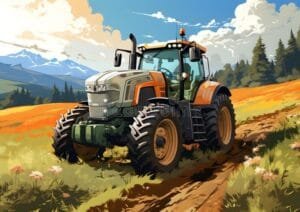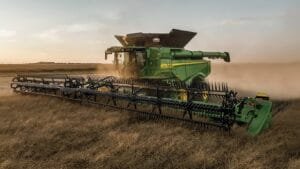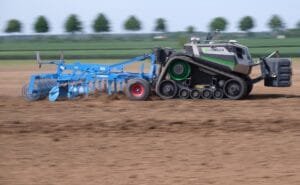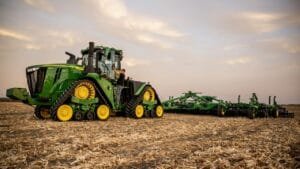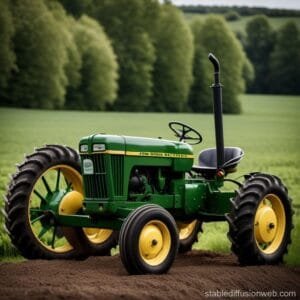The agricultural equipment market faces a notable decline in tractor sales across major regions, yet investments in autonomous farming technology continue to surge forward. While customary machinery purchases have slowed due to economic pressures and market uncertainties, manufacturers and tech companies remain committed to developing self-driving capabilities for farming equipment. This dual trend reflects the complex transformation occurring in modern agriculture, where immediate market challenges intersect with long-term technological evolution. Global agricultural machinery markets face headwinds as sales figures indicate a notable decline in traditional tractor purchases across major farming regions. Industry data reveals a 12% decrease in new equipment acquisitions compared to previous years, yet investments in autonomous technology continue to gain momentum.
Manufacturers report sustained interest in self-driving capabilities, with tech-enabled features becoming standard offerings rather than premium add-ons. Farmers increasingly recognize the long-term benefits of automation, despite the initial higher costs. These systems optimize field operations, reduce labor dependencies, and enhance precision farming practices.
Recent developments showcase advanced GPS guidance systems, obstacle detection sensors, and machine learning algorithms that enable tractors to operate with minimal human intervention. Major agricultural equipment providers have expanded their research and development budgets for autonomous solutions, even as traditional unit sales experience downward pressure.Market analysis indicates that while farmers may postpone purchasing new tractors, they actively upgrade existing machinery with autonomous features. This trend reflects a strategic shift toward maximizing efficiency through technology rather than simply replacing aging equipment. Retrofit kits for older tractors have emerged as a popular solution, allowing farmers to modernize their fleet without full replacement costs.Economic factors, including rising interest rates and commodity price fluctuations, contribute to the decline in new tractor sales. However,labor shortages in agricultural regions drive continued investment in automation. Farmers report that self-driving capabilities help address workforce challenges while maintaining productive operations.
Field trials demonstrate that autonomous tractors can operate consistently for longer periods, reducing human error and improving precision in tasks such as planting, spraying, and harvesting. These benefits translate into better resource management and increased yields, offsetting the technology’s implementation costs.
Industry experts project that autonomous features will become increasingly standardized across agricultural equipment categories. Component suppliers report steady demand for sensors, processors, and control systems, indicating sustained growth in the autonomous farming sector despite overall market conditions.
Regulatory frameworks continue to evolve, with several countries implementing guidelines for autonomous agricultural machinery operation. These developments provide clarity for manufacturers and farmers, supporting the technology’s broader adoption despite current market challenges.
Data from early adopters shows promising results, with autonomous systems delivering up to 15% improvement in operational efficiency and reduced input costs. These outcomes maintain investment momentum in self-driving technology, even as traditional sales metrics decline.
Insurance providers have begun offering specialized coverage for autonomous agricultural equipment, recognizing the technology’s risk-mitigation benefits. This development further supports the integration of self-driving features despite current market pressures on new tractor sales.
Manufacturing facilities report adjusting production lines to accommodate increased demand for autonomous components while managing reduced overall unit output. This adaptation reflects the industry’s commitment to technological advancement amid changing market dynamics.







